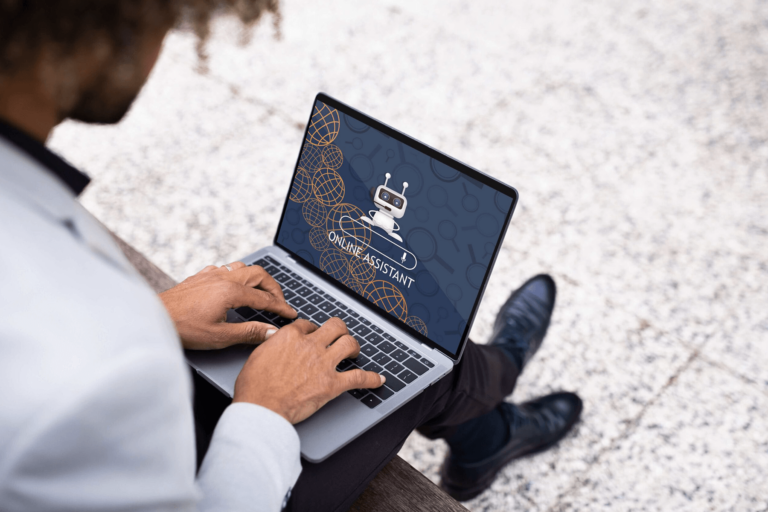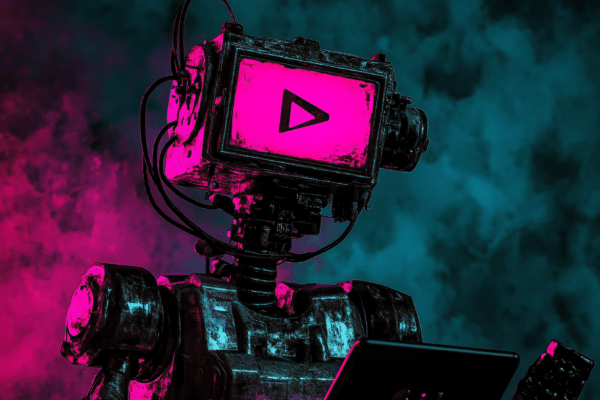One of the biggest challenges for HR departments is managing internal communication. Obviously, this can be a daunting task in a company where there are thousands of employees or where it is necessary to communicate with staff in different offices or countries.
In these cases it is especially important that there is some standardization and defined processes so that these tasks do not become chaotic.
Here artificial intelligence provides HR technicians with 'superpowers' in multiple ways. In this article we will explore some of them.
Chatbots as onboarding assistants
When an employee joins a company, especially when it is a large organization, he or she has to learn his or her way around the company, comply with the rules and learn about its goals, projects and objectives.
Chatbots for internal use can help new employees to take their first steps. They are an ideal tool for them to solve their doubts or concerns if they are shy or do not want to 'bother' the HR department.
In any case, they should not be something exclusive that leaves out the human touch, but simply a support. When starting out in a new job there is nothing more comforting than feeling welcomed by a person with some knowledge or experience who devotes time and attention to us.
However, a chatbot can be an agile way to resolve doubts regarding procedures, tasks, location and even roles and responsibilities of the position you are starting to fill.
Virtual employee assistants
This functionality can also be maintained over time. Companies can provide a chatbot to their staff in case they want to ask a question and receive immediate answers. This ultimately makes for a smoother workflow.
For example, if an employee is serving a customer and needs essential information, instead of being delayed by having to send an email or make a call, through this tool they can also provide instant solutions.
On the other hand, companies can use AI to create and manage internal knowledge bases. This facilitates access to relevant information for employees and can reduce reliance on HR or support teams to resolve simple queries.
Workers will no longer have to navigate through dozens of folders or emails to search for important information. They can simply ask their virtual assistant.
Leave and time-off management
There are numerous tools equipped with artificial intelligence that help HR departments organize shifts, vacations, days off, etc.
Classically, in large corporations, approving vacation days can take a long time as it has to go through several people in the chain of command and get into tedious processes.
Things change markedly when using an AI for leave and time off management. With a few commands these systems can check how the calendar is, inform teams and start a request, making the whole process much simpler and streamlined.
Creating publications and newsletters
Many companies have in-house magazines or newsletters to communicate the latest and most relevant news of an organization.
Generative IAs are a fundamental support for the generation of content in these cases, serving as assistants in the writing of news, proofreaders, translators, etc. In addition, HR departments can use other AIs to generate the images that accompany the text.
On the other hand, if combined with a suggestion box where employees indicate what they would like to read in the corporate magazine or newsletter, IAs such as ChatGPT can analyze the requests and offer ad hoc content suggestions.
But staff technicians can also go further and use more advanced AIs to help them make podcasts, corporate videos, voiceovers, etc.
Multilingual support
The 'polyglot' nature of ChatGPT and other text-generative AIs is a great ally for breaking down barriers in an organization, especially in multinationals.
OpenAI's AI can facilitate conversations in multiple languages. Employees from different regions thus have the facility to collaborate seamlessly. This promotes cross-cultural understanding and contributes to greater cohesion.
Sentiment analysis in surveys
Finally, generative artificial intelligence has the ability to be used to analyze the emotions or emotional states behind comments and suggestions left by employees.
This allows HR teams to identify areas for improvement in internal communication and address concerns before they become major problems.






